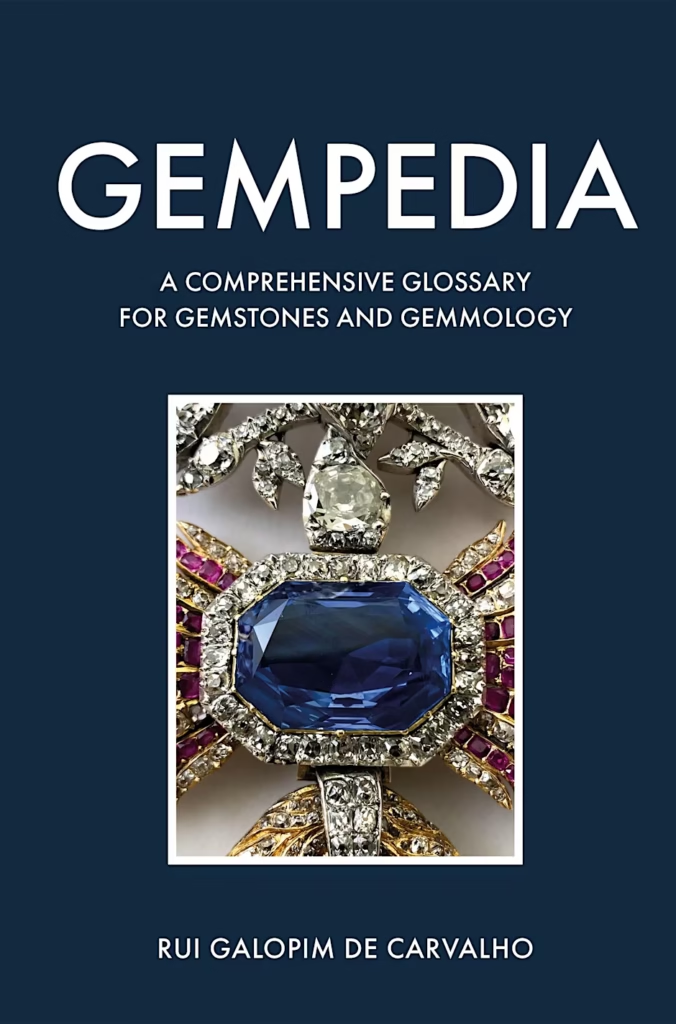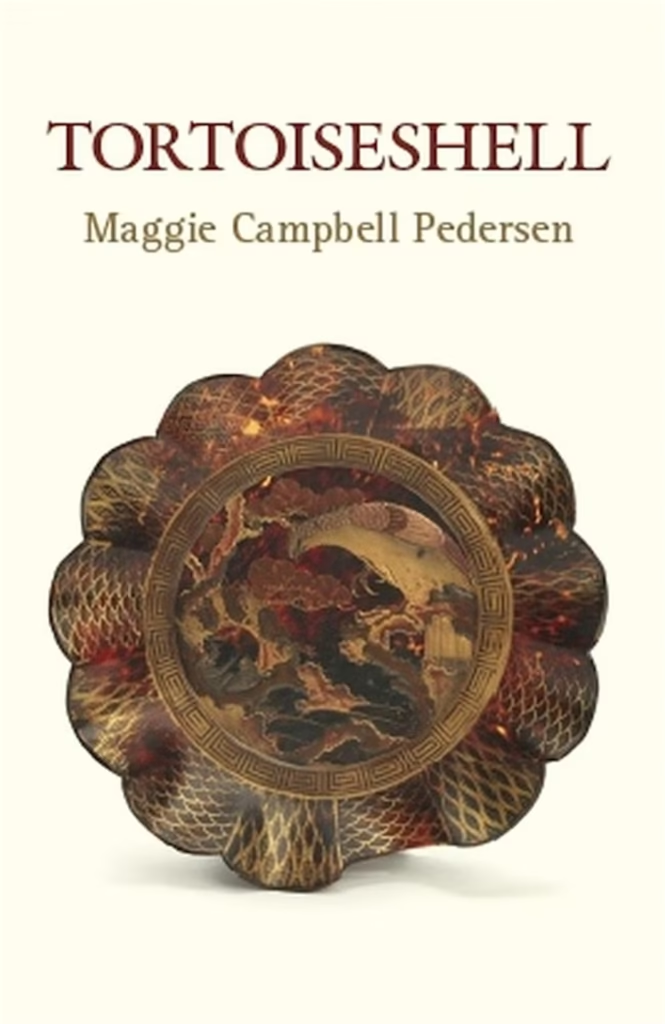
In March this year, Gübelin Gem Lab in partnership with Gemfields announced the release of an innovative Emerald Paternity Test. Using customisable DNA-based nanoparticles, this futuristic technology enables emeralds to carry information pertaining to where and when they were mined, and by whom.
Founded in 1923, the Gübelin Gem Lab was established to ascertain the authenticity of gemstones used in jewellery. Today the Gübelin name is trusted worldwide using pioneering science and technology to carry out gemstone analysis for many in the trade.
The Emerald Paternity Test, hailed by Gübelin Gem Lab to be a “true game changer for the coloured gemstone industry” is intended to bring “more transparency into the gemstone industry”. In order to test the viability of the new technology in the field, Gübelin Gem Lab approached Gemfields, an organisation that specialises in the responsible sourcing of gemstones.
The Emerald Paternity Test involves applying customised DNA-based nanoparticles to rough emerald crystals. Developed to resist removal by procedures such as cleaning, cutting, polishing and setting, the DNA can be recovered and deciphered at any stage of the supply chain to reveal the emerald’s paternity. The nanoscale of the particles means they do not affect the properties of the emerald and they are ‘invisible’ to optical microscopes. This new technology provides proof of provenance and reassures the end consumer.
Daniel Nyfeler, managing director of Gübelin Gem Lab since 2003, speaks to Gems&Jewellery deputy editor, Angharad Kolator Baldwin, on this cutting edge technology.
Who is your target audience for the Emerald Paternity Test?
Primarily mining companies both big corporate, and small and artisanal miners and mining cooperatives, but also governments, jewellery brands and other stakeholders in the industry.
Once the DNA has been applied to the gemstones, can the DNA be extracted and tested multiple times?
According to the lab and field tests we have done so far, the test can only be done once. However, we can re-enter the same type of particles after having done the test, basically ‘re-loading’ the stone for a possible later paternity test.
Read more: Birthstone Guide: Emeralds for Those Born in May
What will distinguish the DNA of one mine from the DNA of another?
The DNA sequence is unique for each company, as in a specific sequence of the DNA-building constituents (GATC) is assigned to each company. Clients can get several types of unique DNA for example to describe different mining locations or get a new DNA every year to monitor production.
What mechanisms are in place to prevent one mine using DNA samples from another mine?
We foresee a combination of checks and controls, ranging from a Code of Conduct, to an external auditing procedure. Finally, we will monitor and publish all accredited users of the technology, so that end consumers and brands can see which mining companies are authorised users of the technology and work in compliance with the rules.
Read more: Synthetic Emeralds Grown by W. Zerfass: Historical Account, Growth Technology and Properties
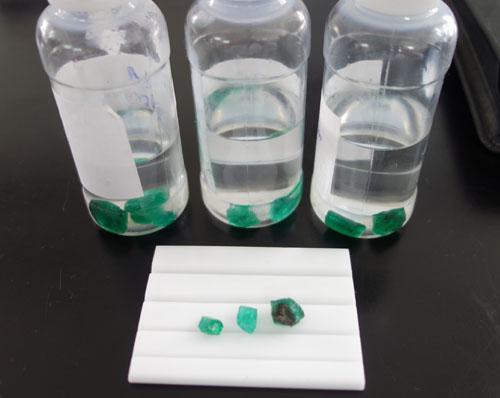
Rough emerald crystals immersed in liquid containing DNA-based nanoparticles.
You mentioned this technology would be beneficial to cooperatives of small and artisanal miners; will the cost of administrating this technology not be preventive to these mines?
We think that the technology will be quickly embraced by large companies, who can also easily afford it. To avoid small and artisanal miners getting side-lined, we aim to find ways to make the technology accessible and affordable for them. We are currently trying to contact governments and NGOs for this purpose.
If a retailer wishes to check the paternity of a stone, is it affordable for them to do so?
The cost for single test is a few hundred Swiss francs. The costs are rather high at this time, because it is done in a research lab, and not on an industrial basis. We are trying to bring down this cost to encourage more tests to be done. However, we believe that in the long-run, once people have trust in the technology, they will not consider it necessary to check all stones, but just a small fraction. To know that there is the option to test should be sufficient in the long run, with no need to always actually do the test.
To learn more visit provenanceproof.com ■
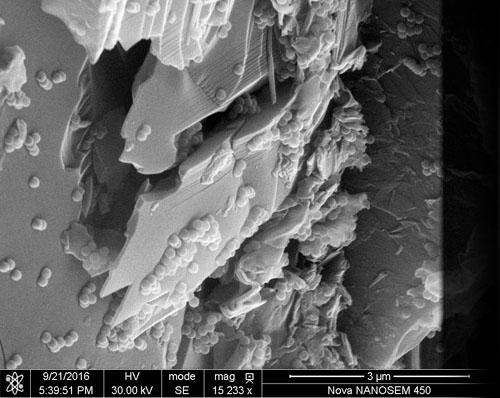
Scanning electron micrograph of an emerald with DNA nanoparticles applied.
Interested in finding out more about gemmology? Sign-up to one of Gem-A’s courses or workshops.
If you would like to subscribe to Gems&Jewellery and The Journal of Gemmology please visit Membership.
Cover image courtesy of Gübelin Gem Lab.
{module Blog Articles Widget}
